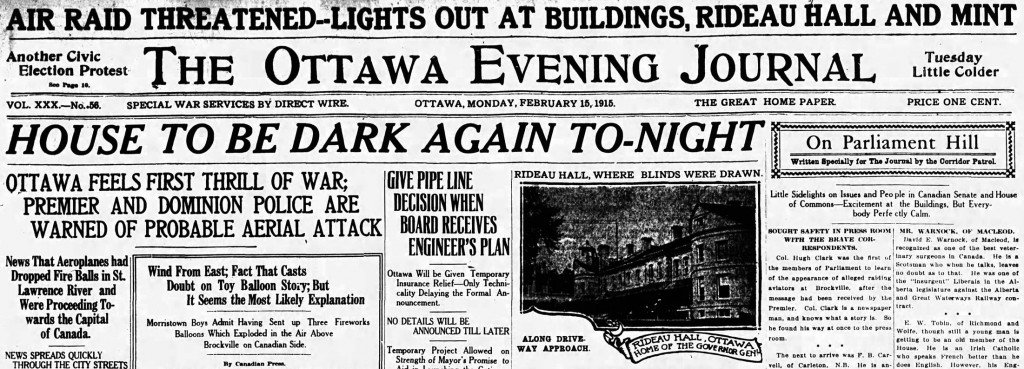Acquisitions
Richard Lamb. The Drift to War: 1922-1939. London: Bloomsbury, 1991. A narrative history, based on some archival research, of British diplomacy with respect to the German problem (there are only two or three chapters on period before Hitler, so don’t be misled by the 1922 in the subtitle). Unsurprisingly unfavourable to Chamberlain, from the looks […]

